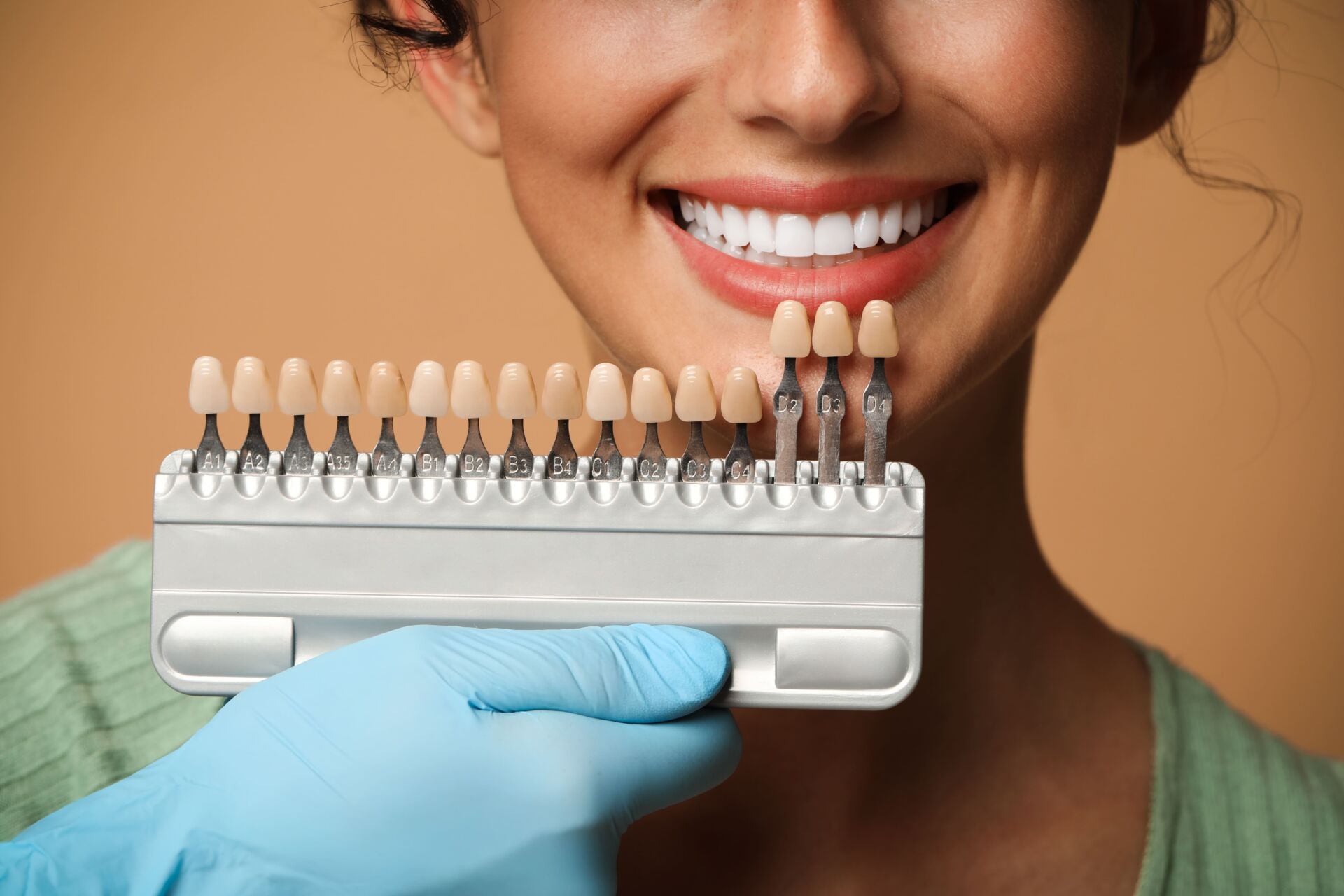According to a recent report in the United News of India, oral cancer rates among Indian citizens are expected to hit an astronomically high 30 percent by the year 2020. The paper cites a general lack of awareness of the disease as a reason for the high rates, which studies have linked to alcohol and tobacco use in India.
Dr. Alexandra George is a dentist who routinely screens her patients for oral cancer at her Wexford, Pennsylvania, practice. She says that many patients don’t suspect they could have oral cancer because they don’t realize that so many behaviors can cause the disease.
“I think many people hear the words oral cancer and think exclusively of cigarette smoking,” says George. “So if they’re not a smoker, they think it can’t happen to them.”
But believe it or not, oral cancer can come from many other sources, too, including alcohol consumption, HPV and even the sun.
“Many people don’t realize you can get oral cancer the same way you can get melanoma, or from alcohol consumption or even a sexually transmitted disease,” says George.
Globally, oral cancer is ranked the 14th most common cancer among women and the eighth most common cancer among men, a stark contrast from the third-place ranking it holds in India. But the numbers are on the rise around the world.
“Study after study is showing that oral cancer rates are rising due to HPV,” says George.
HPV is the Human Papillomavirus, the most common sexually transmitted virus in America today. Human Papillomavirus presents itself as warts, but in the case of oral cancer-causing HPV, those warts are almost always genital warts.
“HPV spreads to the head, neck and throat by unprotected oral sex,” says George. “And the worst part is, it’s completely preventable.”
George says using protection like condoms can help stop the spread of HPV, and for younger people, the HPV vaccine is a highly recommended option. The vaccine is currently only available to people between the ages of 11 and 26.
“Unfortunately, the vaccine showed little to no protection to women over the age of 26, so for that reason we don’t recommend people in that age group getting it,” says George. “This could also partly explain why HPV is growing at much higher rates among older adults than it is among younger.”
According to George, HPV transmission can also be tricky to prevent, because many people may not even realize they have the disease.
“HPV can present itself as genital warts, but it can also be asymptomatic. Some people can have it and never show a symptom in their life,” she says.
As for India, George says some higher rates of illness should be expected for patients in the world’s second most populous country.
“More people means more illness,” she says, “but it should also mean more screening, more community outreach and more awareness.”



